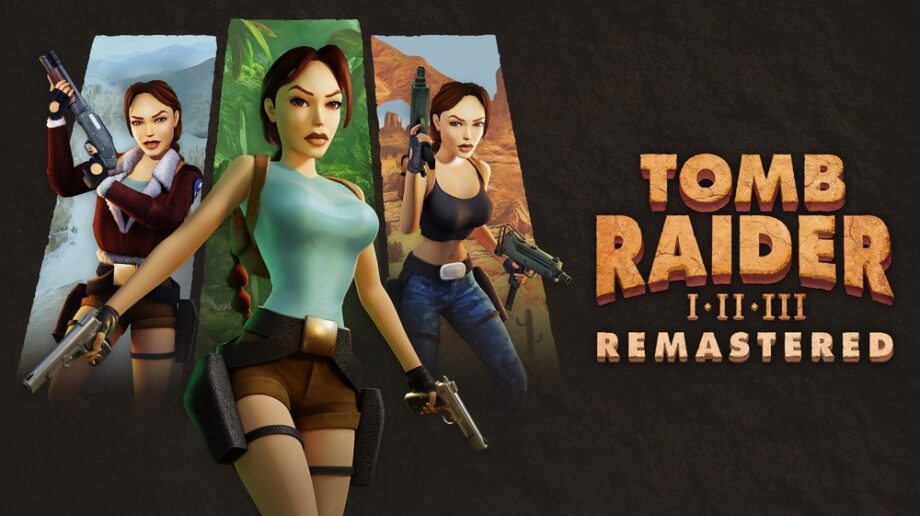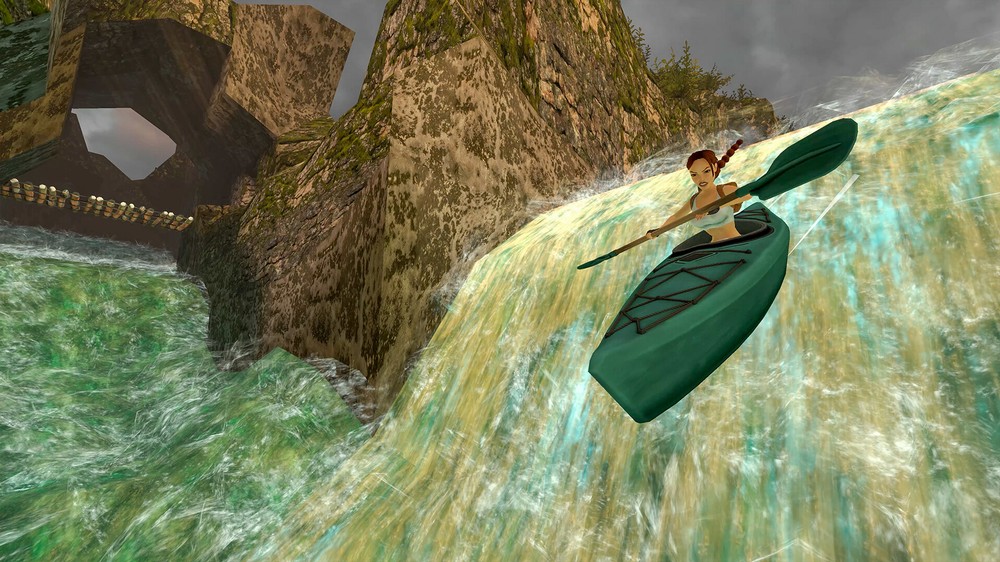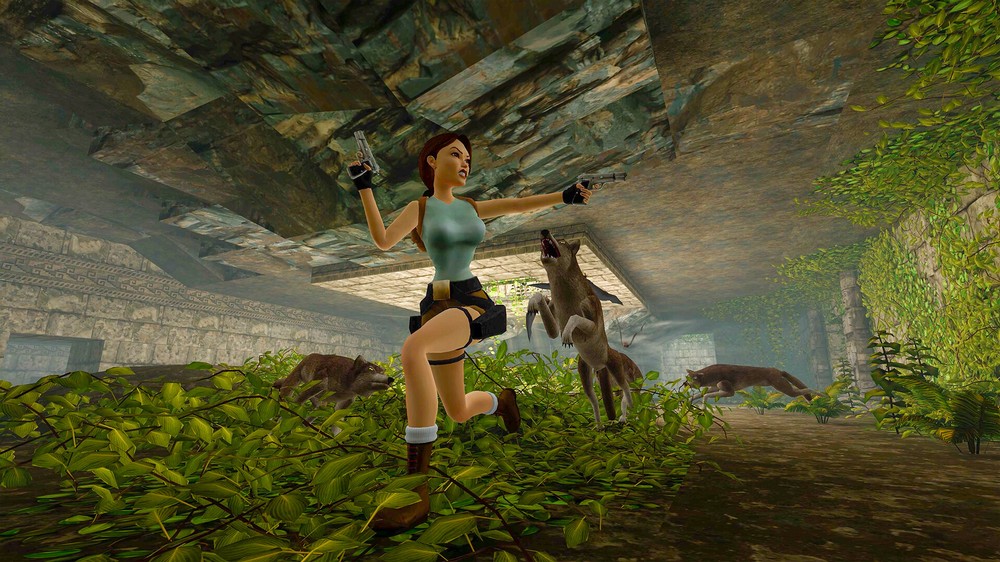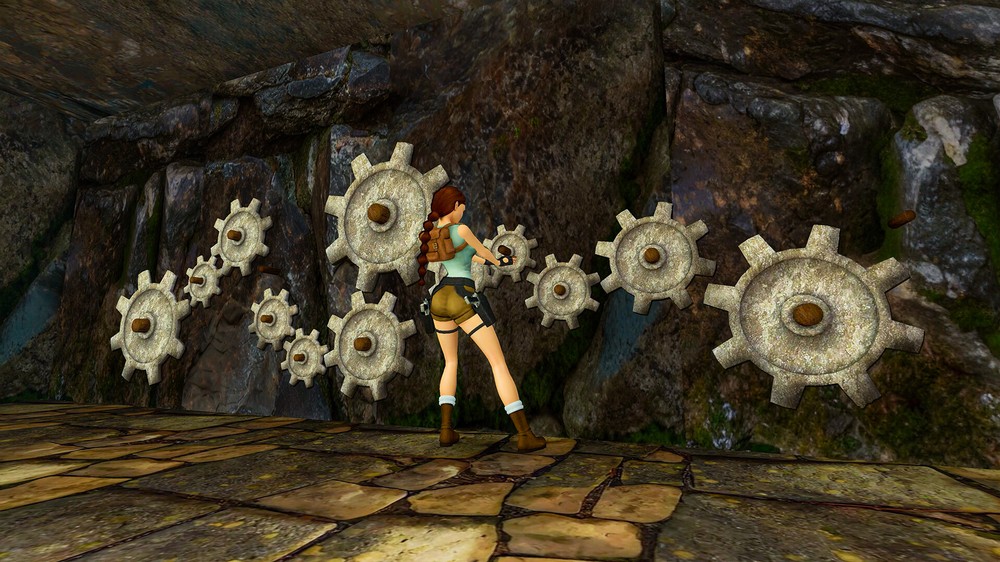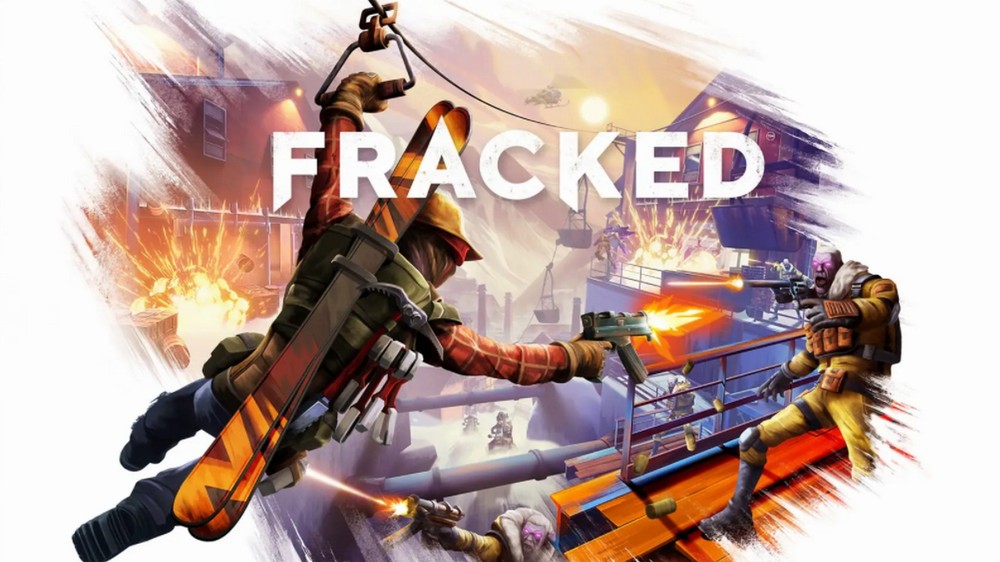Welcome to my review of Tomb Raider I-III Remastered Starring Lara Croft; a project that got its start nearly 28 years ago and has finally reached its ultimate form in this latest release. My history with Lara Croft goes back to the original PC version, and Tomb Raider was the game that launched me into a lifetime of chasing next-gen video cards, writing strategy guides, and even starting the website you are reading today. Diamond Voodoo and 3DFX expansion cards took those 1996 graphics to new and exciting places, creating worlds that we had never experienced before, and this 2024 remaster is set to do it all again.
The first thing to clarify is that these are the original three titles along with all their expansions and bonus levels that have been visually updated for modern tech. All the core gameplay from the janky combat to the precision platforming and the compelling quest for loot and secret areas has been carried over along with a few infamous bugs and glitches that remain today. The games are so perfectly recreated that all of my original strategy guides still work three decades later.
Similar to what Halo and several other titles have recently done is to simply swap out textures and add a few quality-of-life improvements to the gameplay while preserving the original design. Available on PC and consoles, I chose the PS5 for my target review, which is capable of running the game at 60fps at native 4K. At any time while playing you can press the Option button to toggle between Classic and Remastered visuals, and while this might seem like a novelty that wears off after time, you’d be surprised how many times you might need to revert to Classic visuals just to play the game. Locked at 30fps and forcing fixed director-style camera angles, Classic mode maintains the artistic look of original while updating performance and even adds the somersault move introduced in the second game to the first.
Character models and animation have been greatly enhanced, although the excessive head-bob when characters speak seems comically bad now that characters having moving mouths. Even the treasure and inventory items have been recreated in 3D. Cutscenes have also been updated along with all menus and title screens. You can literally toggle the graphics at any time. Other improvements include an increased draw distance, swapping 2D sprites with 3D models, increased foliage and environmental details, and even new skyboxes that offer enhanced lighting and shadows. In many areas of the game, indoor locations have been opened up so natural dynamic light (and weather effects) can spill through to enhance the already excellent baked lighting, and muzzle flashes now illuminate your surroundings.
There are a few issues with the new visuals. Water can look “too good” with a visual clarity that can easily reveal underwater loot while lacking any surface texture to indicate movement. Early in the first game there is a rushing river that will send Lara over a waterfall. In Classic view you can see the whitecap animation showing the water flow, but the new graphics show nice calm transparent water. Quicksand is nearly impossible to detect along with numerous items and treasure that now seamlessly blend into the environment or get lost in the new lighting. The camera is also closer to Lara in modern graphics, which can lead to some awkward camera positioning and a lot of blind jumps because the camera refuses to go behind Lara.
The audio has also gotten some upgrades with a few missing musical tracks getting restored to fully recreate Nathan McCree’s masterful score. A lot of Tomb Raider is played in silence with music being used to accent key combat and puzzle encounters or set a desired emotion. All of the original sounds are preserved and now spatially enhanced with environmental ambience, but a few looping effects still have a noticeable hiccup when they repeat. The voice acting is still great and expertly balanced with the score and sound effects perfectly positioned within the 3D space.
Controls are the final key element to this remastered edition, and this is where things get problematic. To be blunt, the modern controls stink and even break the game in numerous places, so stick with the Classic controls if possible and use the controller D-Pad rather than the stick, and if playing on PC use a keyboard. Using modern controls, you cannot backflip, backstep or sidestep or do a safety drop off a high ledge. This breaks the game as early as step 5 of the tutorial in Lara’s training room where you are supposed to back off a ledge and hang. It totally breaks the game in the Venice level where you are supposed to jump out of a boat – can’t be done with modern controls.
You cannot interact with anything if your weapons are drawn and modern controls also force you to be facing your enemy before the guns will auto-lock, whereas Classic controls will have Lara aiming at anything in her peripheral vision and sometimes even over her shoulder. Classic controls are definitely best for combat, which is already janky at best. Most enemies are bullet sponges, and many encounters have certain places you can stand and unload rounds in relative safety. Oh yeah…why is there no way to map a button for Flares? Instead, I have to go to inventory ring menu and select from there when needed.
Enough of the tech talk. I’ve played the original Tomb Raider at least 12 times now across PC, PlayStation, and even the Dreamcast. I’ve played the other two games in the trilogy at least 5-6 times each over the years, so I have a fairly comprehensive knowledge of every aspect of these games and their expansions. Returning to these classics was a breath of fresh air and a dose of nostalgia, taking me back to a time where story was minimal, the only tutorial was looking at the button layout chart, and gameplay was ridiculously challenging. There are no autosaves or checkpoints, so save often. Expect all that late 90’s goodness here: just with fancy new graphics.
The world of Tomb Raider is constructed on a grid system, which not only makes it easy for designers to build upon but also easy to breakdown the gameplay into something almost puzzle-like. There are countless platforming puzzle sections in all of these games that will have you meticulously lining up standing jumps, running jumps, and even jumps with a grab after. This also translates into specific animations for Lara that move her about this grid, which can lead to issues with getting Lara in the exact spot required to interact with items, switches, or anything really. I opted to keep the (!) icon active so I knew when I was in the proper position, but even simple tasks like throwing a wall switch requires you to smash your boobs into the wall before you find the magic spot. They need a much bigger interaction box.
There is a certain simplicity to Tomb Raider I-III Remastered Starring Lara Croft in its overall design that masks the truly challenging action-platformer lurking within. The lack of proper onboarding or the fact there are no graphics options preserves the flavor and intent of the 1996-1998 originals. These are games from a different era, and for better and worse, they have made their way back into the spotlight once again. All remastered features are optional, so you can experience these games as they looked and played in the past or treat yourself to one of the best 4K high-res texture swaps in remaster history.
More Screens

